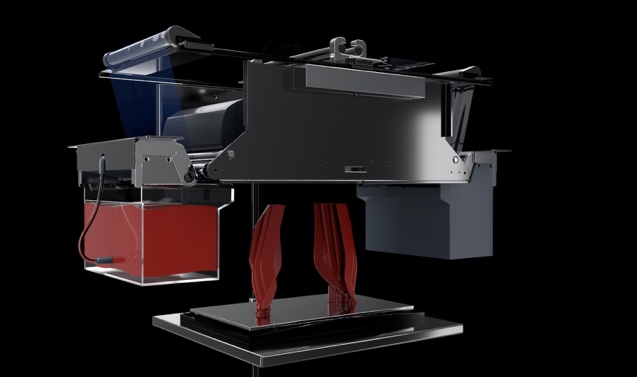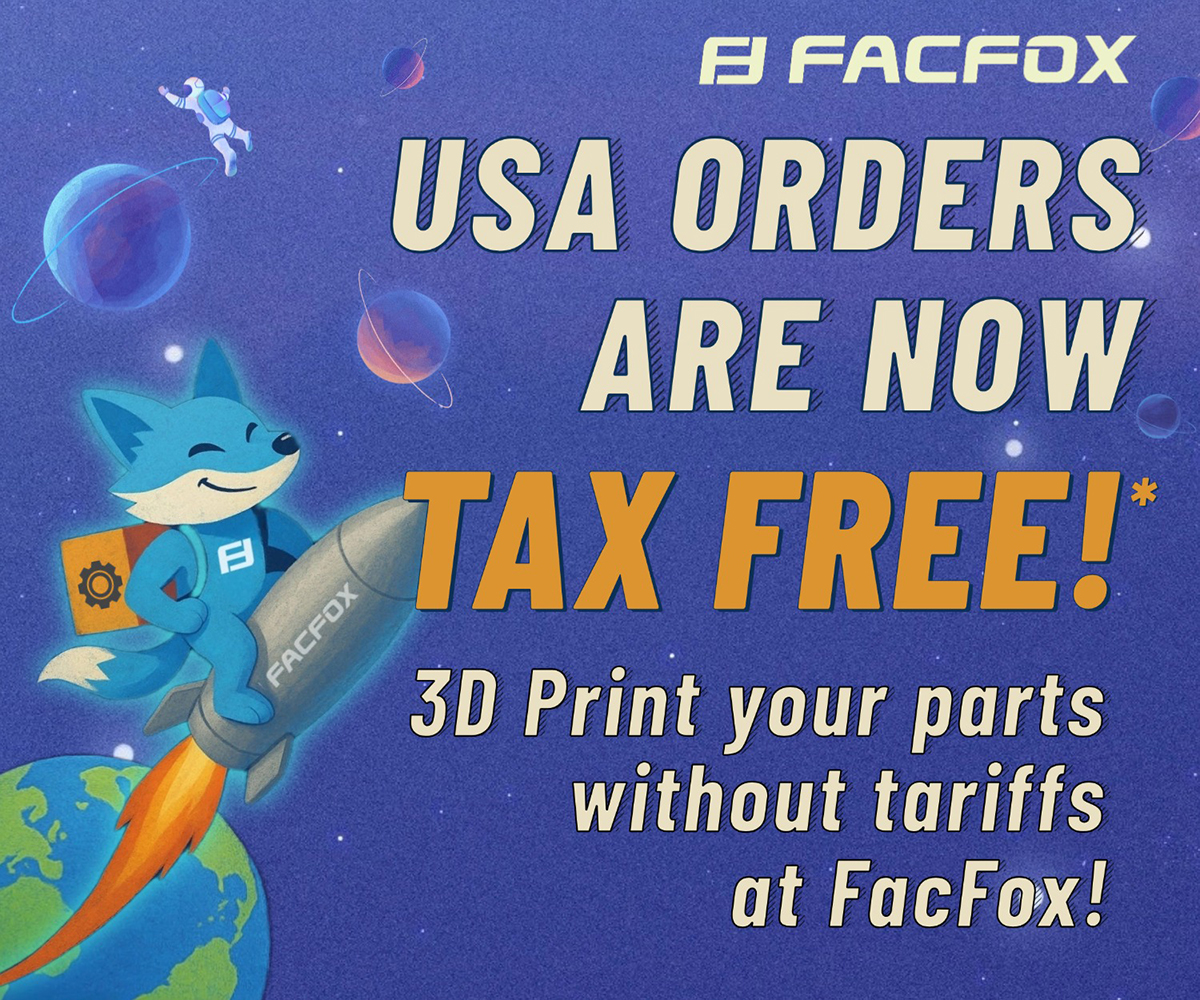Supernova Industries Corp., an Austin-based additive manufacturing (AM) company specializing in products and processes for energetic materials supply chains, has been subcontracted by the American Center for Manufacturing & Innovation (ACMI) to print military-grade energetic materials. The $2 million contract serves the US Department of Defense’s (DoD’s) Industrial Base Policy Manufacturing Capability Expansions and Prioritization (MCEIP) Pathfinders portfolio.
According to Supernova, the company’s proprietary Viscous Lithography Manufacturing (VLM) technology “can handle materials of unlimited viscosity”, enabling 3D printing of energetic materials, used for the production of explosives. Supernova has thus far successfully printed simulant energetic materials, and is in the process of developing energetic formulas that can be 3D printed.
ACMI, also based in Austin, is a venture capital/private equity group dedicated to scaling emerging technologies that are in demand by the US defense industrial base (DIB). The contract that ACMI has awarded to Supernova is part of ACMI’s Critical Chemicals Pilot Program, via DoD’s Information Analysis Center’s multiple-award contract vehicle.
In a press release about Supernova’s $2 million subcontract from ACMI, Roger Antunez, Supernova’s founder and CEO, said, “Supernova is proud to support the US [DoD] through this program. Our technology has the potential to overcome the design constraints of conventional manufacturing methods to produce the next generation of military-grade energetic materials supply components, including solid rocket motors (SRMs), explosives, and pyrotechnics.”
Head of Federal Programs at ACMI Federal, Victor Boelscher, said, “The technology that Supernova is developing will enable the production of critical components for weapons systems that are essential for national security. ACMI’s Critical Chemicals Pilot Program is designed to support [DIB] resilience by taking commercial solutions and rapidly adapting them for DoD use. Supernova’s innovative technology fits this role, and we are excited to be partnering with them to meet a critical capability for the DoD.”
One especially significant angle to Supernova’s VLM tech is that the AM industry has seen so much success in the last few years in producing the casings for SRMs. Similarly, the US Navy announced in December 2024 that the branch had performed its first successful tests on 3D printed bomb casings, signaling a growing interest in AM for explosives applications.
Thus, for at least two major growing AM use-cases, Supernova’s tech creates the potential to take things up a notch further, facilitating achievement of the same resilience objectives for an additional area of the relevant supply chains. For the product classes in question, this could notably enhance the business case that led DoD to turn to AM, in the first place, and establishing yet another example proving that AM is viable as a primary production method for a strategically critical component.
Considering that Supernova was only launched at the beginning of 2024, it is rather impressive that the company has already landed its first government contracting work, a process which usually takes at least eighteen months. In addition to serving as a demand signal, the accelerated path could also demonstrate that DoD is succeeding at its continued efforts to smoothen out the process for emerging companies hoping to enter the DIB.
Images courtesy of Supernova
Subscribe to Our Email Newsletter
Stay up-to-date on all the latest news from the 3D printing industry and receive information and offers from third party vendors.
Print Services
Upload your 3D Models and get them printed quickly and efficiently.
You May Also Like
U.S. Navy Lab Uses 3D Printing to Reduce Tooling Lead Time By Over 90%
The F-35 Lightning II Joint Program Office (JPO), responsible for life-cycle management of the key fifth-generation joint strike fighter (JSF) system used by the U.S., its allies, and its partners,...
Etsy Design Rule Change Reduces Selection of 3D Printed Goods
Online marketplace Etsy has implemented a rule change requiring all 3D printed goods on the site to be original designs. The update to the site’s Creativity Standards states, ¨Items produced using...
Honeywell Qualifies 6K Additive’s Nickel 718 for 3D Printed Aerospace & Defense Parts
6K Additive is renowned for manufacturing sustainable additive manufacturing (AM) powder, and offers a wide portfolio of premium metal and alloy powders that include titanium, copper, stainless steel, and nickel,...
MetalWorm Sells WAAM Systems to Research Institutes in Brazil and Malaysia
Turkish WAAM firm MetalWorm has sold a system in Malaysia and another in Brazil. This is an excellent example of a few emerging trends in additive. Firstly, WAAM was experimented...



































